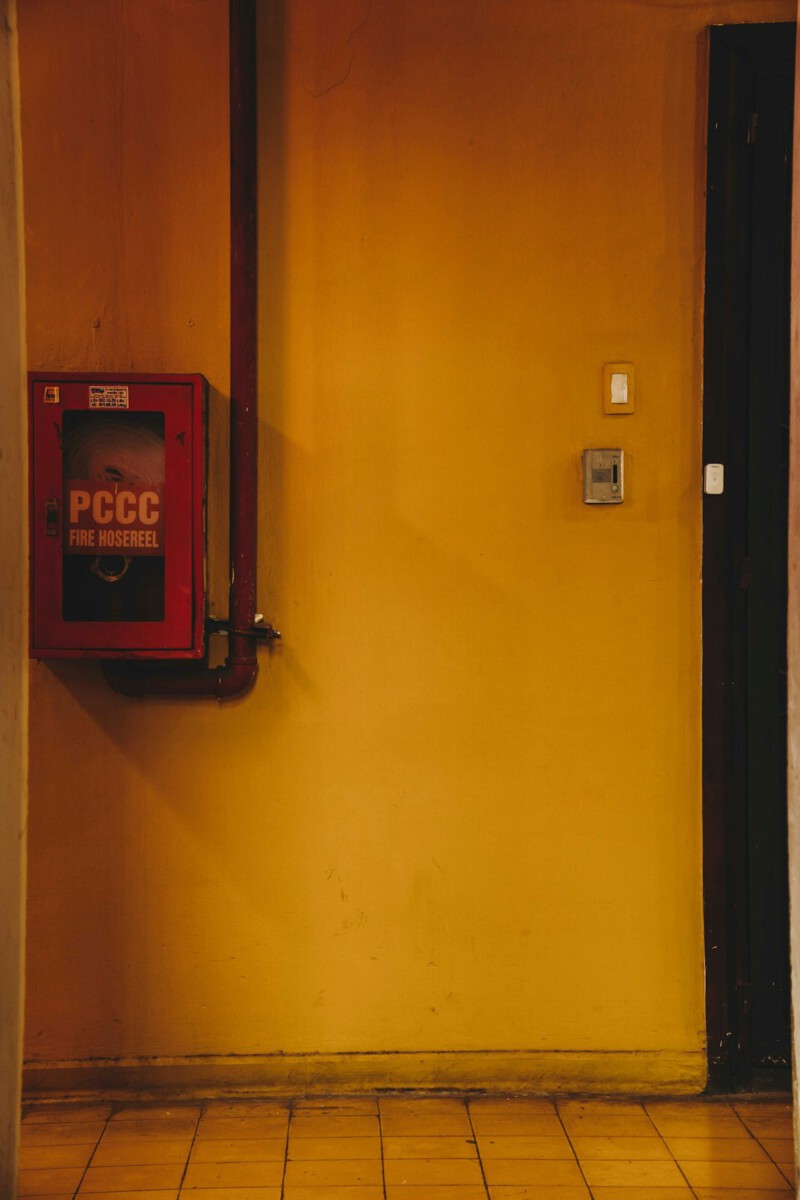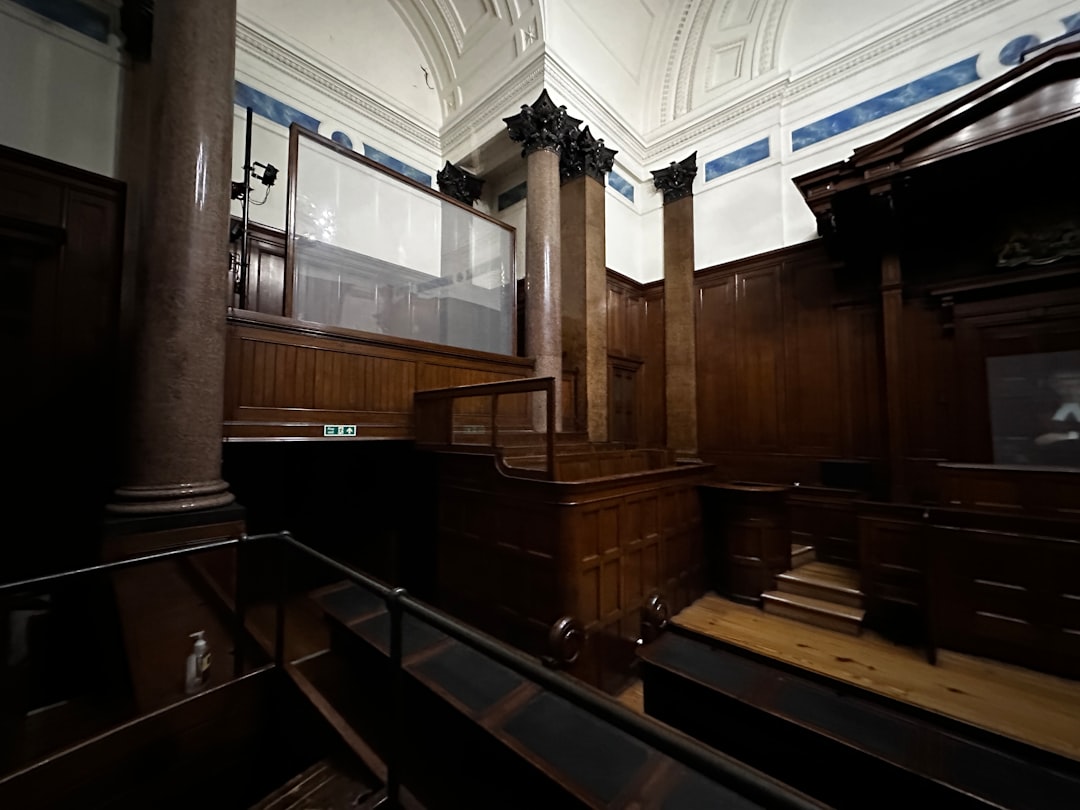Understanding Coastal Sinking

Coastal sinking is a pressing issue affecting various regions globally, but in the U.S., one state’s coastline is disappearing at an unprecedented rate. This phenomenon isn’t just a result of climate change. It’s a complex interplay of natural subsidence, rising sea levels, and human activities. Understanding these factors is essential for creating effective mitigation strategies. The sinking of coastlines directly impacts communities, ecosystems, and local economies, making it a critical issue that demands attention and action from all sectors of society.
Spotlight on Louisiana

Louisiana is at the forefront of this alarming trend, with its coastline sinking faster than anywhere else in America. Since the 1930s, the state has lost approximately 2,000 square miles of land, a staggering figure that has significant implications. The Mississippi River delta, on which much of Louisiana is built, is a naturally sinking area due to its geological composition. The combination of this natural subsidence with human-induced factors has accelerated the loss of land, posing a severe threat to the state’s infrastructure and communities.
Natural Subsidence: A Geological Reality

Natural subsidence is a primary factor contributing to Louisiana’s sinking coastline. The Mississippi River delta is composed of soft sediment that compacts over time. This compaction is a natural process, but it results in the gradual sinking of land. Unlike solid bedrock, these sediments are more susceptible to compression, leading to significant land loss. This natural subsidence is exacerbated by the lack of sediment replenishment due to human interventions like levee construction, which prevents the natural flow of sediment needed to sustain the delta.
The Role of Rising Sea Levels

Rising sea levels, driven by global warming, compound the effects of natural subsidence in Louisiana. Sea levels are rising at an alarming rate of about 1.2 inches per decade in the region. This rise inundates the already low-lying land, accelerating erosion and land loss. The combination of subsiding land and rising waters creates a dire situation where coastal areas are consistently submerged, leading to the loss of critical habitats and increasing the vulnerability of inland areas to flooding.
Human Activities and Their Impact

Human activities significantly contribute to Louisiana’s sinking coastline. Oil and gas extraction have been prevalent in the region for decades, leading to land subsidence. As underground resources are removed, the land above naturally sinks. Additionally, the construction of levees, while intended to protect certain areas from flooding, has disrupted the natural sediment distribution, preventing the replenishment of the delta and exacerbating erosion. These human-induced factors, combined with natural processes, have accelerated the rate of land loss in the state.
Consequences for Local Communities

The implications of a sinking coastline for Louisiana’s communities are profound. Many towns and cities are at increased risk of flooding, and some are even facing the possibility of being abandoned. Residents in vulnerable areas are being forced to relocate, leading to a loss of cultural heritage and community ties. Moreover, local economies, particularly those reliant on fishing, tourism, and agriculture, are under threat. As habitats are lost and waters become more saline, industries that depend on these resources face significant challenges.
Environmental Ramifications

The environmental impact of Louisiana’s sinking coastline is severe. Wetlands, which act as natural buffers against storms, are disappearing at an alarming rate of about a football field every hour. This loss increases the region’s vulnerability to hurricanes and flooding. Additionally, the loss of biodiversity in these ecosystems poses a threat to wildlife and plant species unique to the region. Many species, including migratory birds and fish, depend on these wetlands for survival, and their loss could lead to significant ecological imbalances.
Strategies for Mitigation

Efforts to combat the sinking coastline in Louisiana are underway, focusing on restoration and sustainable practices. Coastal restoration projects aim to rebuild barrier islands and restore wetlands, providing natural protection against erosion and storms. Sustainable land-use practices are being implemented to reduce the impact of human activities on the coastline. Community engagement is also crucial, ensuring that the voices of those most affected are heard and incorporated into conservation efforts.
Governmental and Policy Initiatives

Recognizing the urgency of the situation, both state and federal governments are taking steps to address the issue. The Louisiana Coastal Protection and Restoration Authority (CPRA) has developed comprehensive plans to protect and restore the coast. Funding from various sources, including federal grants and state budgets, is being allocated to support these initiatives. These efforts aim to create a sustainable future for Louisiana’s coastline, balancing environmental needs with economic and community considerations.
Technology’s Role in Addressing the Issue

Advancements in technology play a critical role in monitoring and addressing the sinking coastline. Satellite imagery and data collection tools provide valuable insights into changes in land elevation and sea levels. This information is crucial for developing effective strategies to mitigate the impacts of coastal sinking. By leveraging technology, scientists and policymakers can make informed decisions, ensuring that efforts to combat land loss are both targeted and effective.







